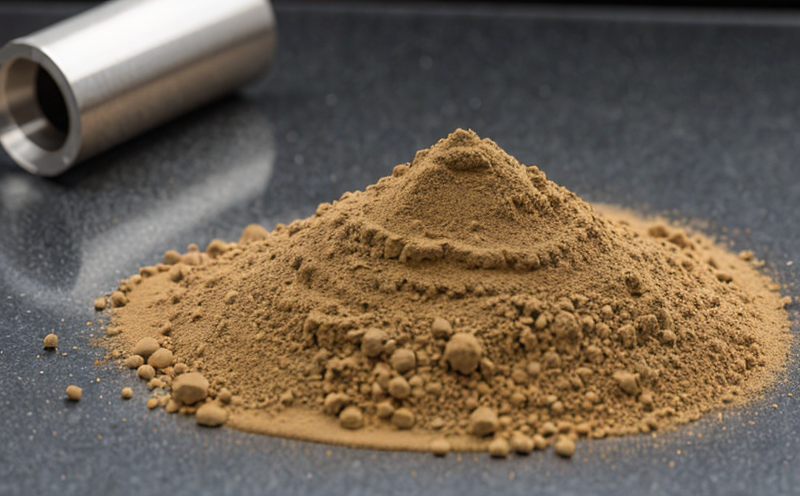ASTM D2863 Oxygen Index Testing of Polymers
The ASTM D2863 standard test method is widely recognized as a key procedure for evaluating the flammability characteristics of polymers. This test assesses the lowest oxygen concentration at which a material will continue to burn steadily and uniformly in an oxygen/nitrogen atmosphere mixture. Understanding this critical parameter enables manufacturers, quality managers, and R&D engineers to ensure that their products meet stringent safety requirements.
The ASTM D2863 test is particularly valuable for materials intended for use in environments where fire resistance is paramount—such as aerospace, automotive, electronics, and building construction. By measuring the oxygen index, one can determine how a polymer behaves when exposed to different levels of oxygen, aiding in the selection of appropriate materials for specific applications.
The testing process involves igniting a small piece of the polymer sample under controlled conditions and monitoring the flame behavior as it is drawn into an oxygen/nitrogen mixture. The test can be conducted over a range of oxygen concentrations, typically between 16% and 25%. The point at which combustion ceases provides a critical measure of the material’s flammability.
Compliance with this standard is crucial for industries where safety regulations are stringent, such as in aerospace and automotive manufacturing. For example, materials used in aircraft interiors must meet specific fire resistance standards to ensure passenger safety during emergencies. Similarly, electronics manufacturers rely on ASTM D2863 testing to validate the flammability properties of their components before they enter production.
In addition to ensuring compliance with regulatory requirements, this test also supports research and development efforts by providing data that can inform material selection. For instance, R&D engineers can use oxygen index results to compare different polymers or modify existing materials to improve their flame resistance without compromising other desirable properties like strength or flexibility.
The ASTM D2863 method is not only a compliance tool but also an essential part of quality control processes in manufacturing. By regularly testing incoming raw materials and finished products, companies can maintain consistent product performance and reliability. This consistency is critical for maintaining customer trust and ensuring that products meet the highest standards of safety and quality.
Furthermore, ASTM D2863 testing plays a role in environmental considerations by helping to minimize the risk of fires caused by materials used in various applications. By identifying less flammable alternatives or optimizing existing materials, manufacturers can contribute to safer and more sustainable products. This is especially important as global regulations regarding fire safety continue to evolve.
In summary, ASTM D2863 oxygen index testing is a cornerstone of polymer evaluation, providing critical insights into material behavior under controlled combustion conditions. Its application spans multiple sectors, including aerospace, automotive, electronics, and construction, where flammability is a key concern for ensuring safety and compliance.
Scope and Methodology
The ASTM D2863 standard test method specifies the procedure for determining the oxygen index of polymers. The oxygen index represents the minimum concentration of oxygen in a mixture with nitrogen that will support steady flaming combustion at a specified temperature.
To perform this test, a small specimen is clamped into a specially designed holder and subjected to an oxygen/nitrogen gas stream. The gas flow rate is adjusted until the flame just goes out when the gas supply is cut off. The concentration of oxygen in the mixture where combustion ceases is then measured.
The test involves several key steps:
- Selection of appropriate specimens
- Preparation of the specimen (cutting to standard dimensions)
- Setting up the gas flow system and temperature control
- Initiating ignition and monitoring flame behavior
- Determining the oxygen concentration at which combustion stops
The ASTM D2863 test is typically conducted over a range of oxygen concentrations, usually starting from 16% and increasing in increments until the material no longer supports continuous flaming. The precise method ensures accurate and reproducible results, which are essential for consistent quality control.
Industry Applications
- Aerospace: Ensuring materials used in aircraft interiors meet stringent fire safety standards.
- Automotive: Evaluating the flammability of components and内饰





